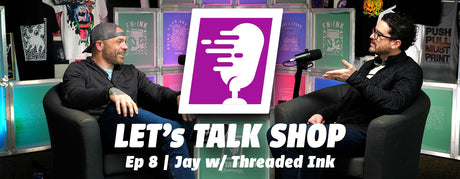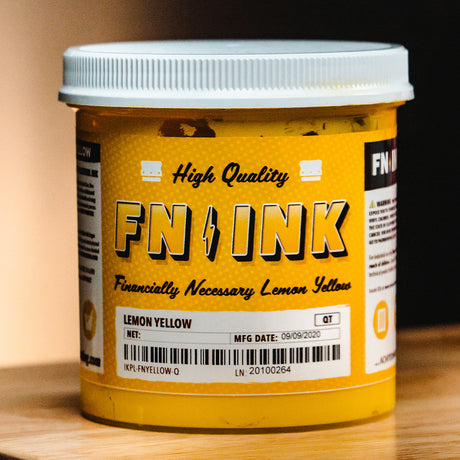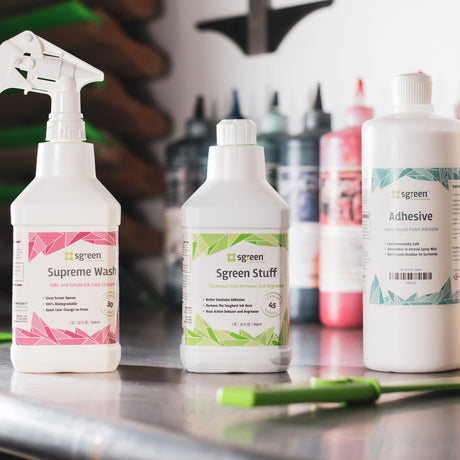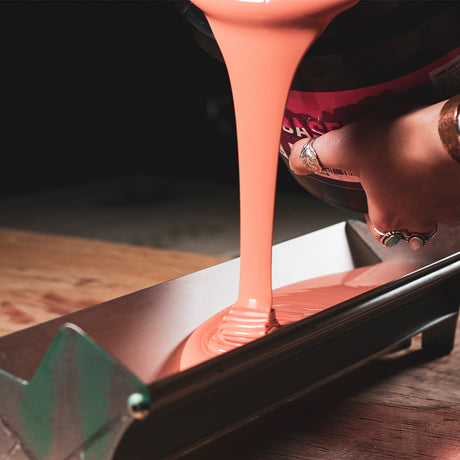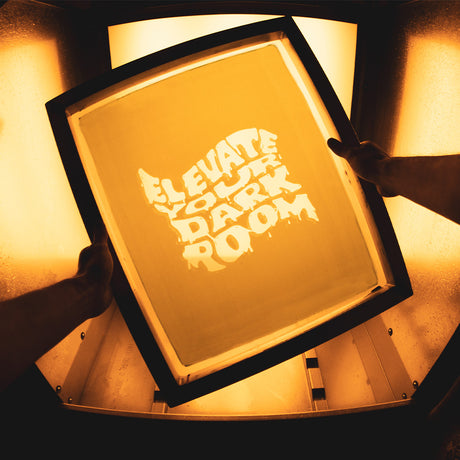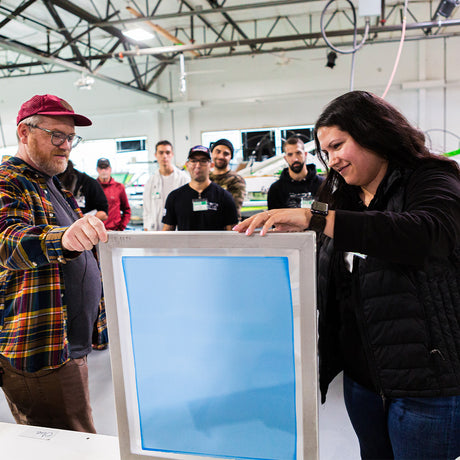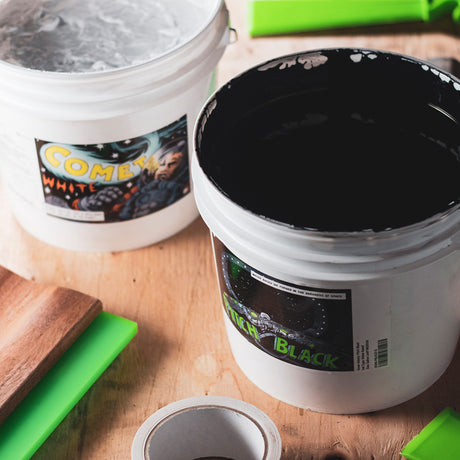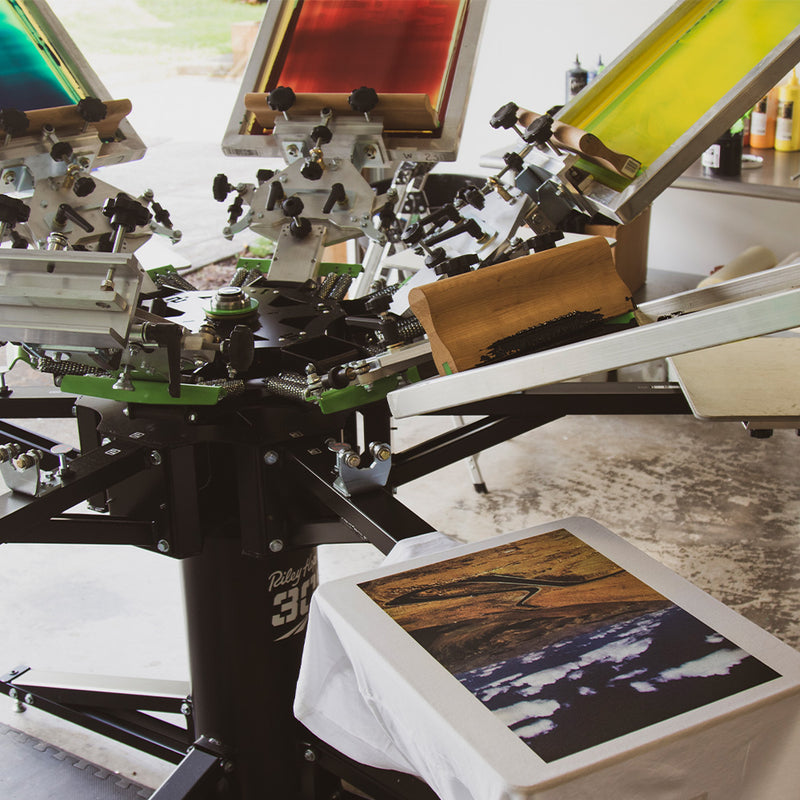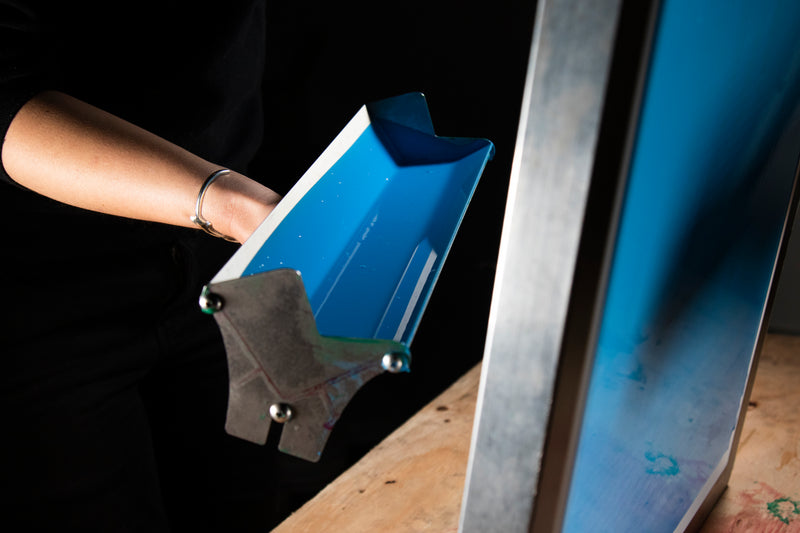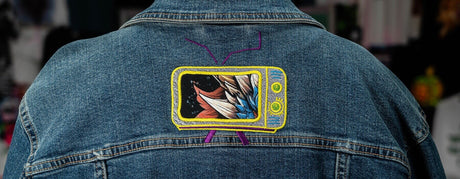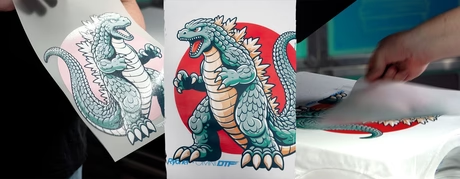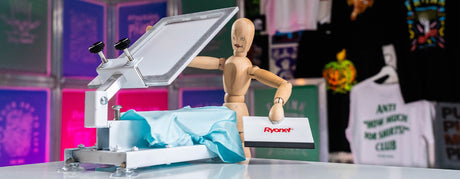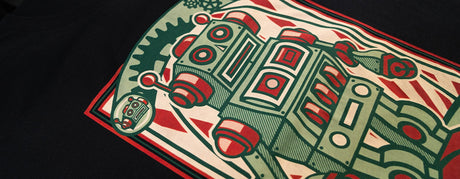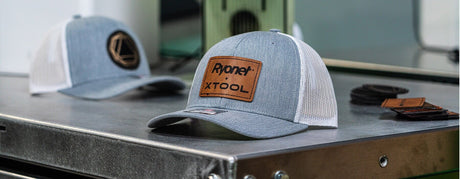The side access door is for the installation of a small dehumidifier (customer supplied). This is an optional addition to the cabinet. The standard air circulation fans will dry screens but at a slower rate. If the dehumidifier is equipped with a drain hose, use the optional drain nut to route the hose outside of the cabinet. The dehumidifier must be 110 VAC.
WHEN SHOULD YOU USE A DEHUMIDIFIER?
Ideally, the humidity in a darkroom should not climb higher than 40%. Not all shops need a dehumidifier in their drying cabinet. Ask yourself how dry the climate in your area is. Shops in dry climates like Arizona may not need a dehumidifier, since humidity is generally below 30%. Shops in humid climates such as Florida, where humidity is regularly above 60%, should invest in a dehumidifier.
NOTE: Max dehumidifier size for this drying cabinet is 14” wide x 7” deep x 14” High.
RECOMMENDED HUMIDITY LEVELS FOR EMULSION TYPES
Pure Photopolymers and SBQ emulsions like Baselayr Complete and Baselayr Plastisol are best when humidity is below 40% (ideally 30%). These emulsions can still be used when relative humidity is above 40% but the detail and strength of the stencil may be compromised.
Diazo-added emulsions such as Baselayr Long Lasting need to be properly dry in order to successfully expose. Relative humidity will need to be below 40% and ideally closer to 30% before a successful screen can be made.
NOTE: The thicker the stencil, the longer the screen will take to dry. The relative humidity in the cabinet can be 30%, but the screen is still too moist inside the stencil. Think of it like a cake that is undercooked and is still gooey inside. The entire cake needs to be baked in order to eat it.
